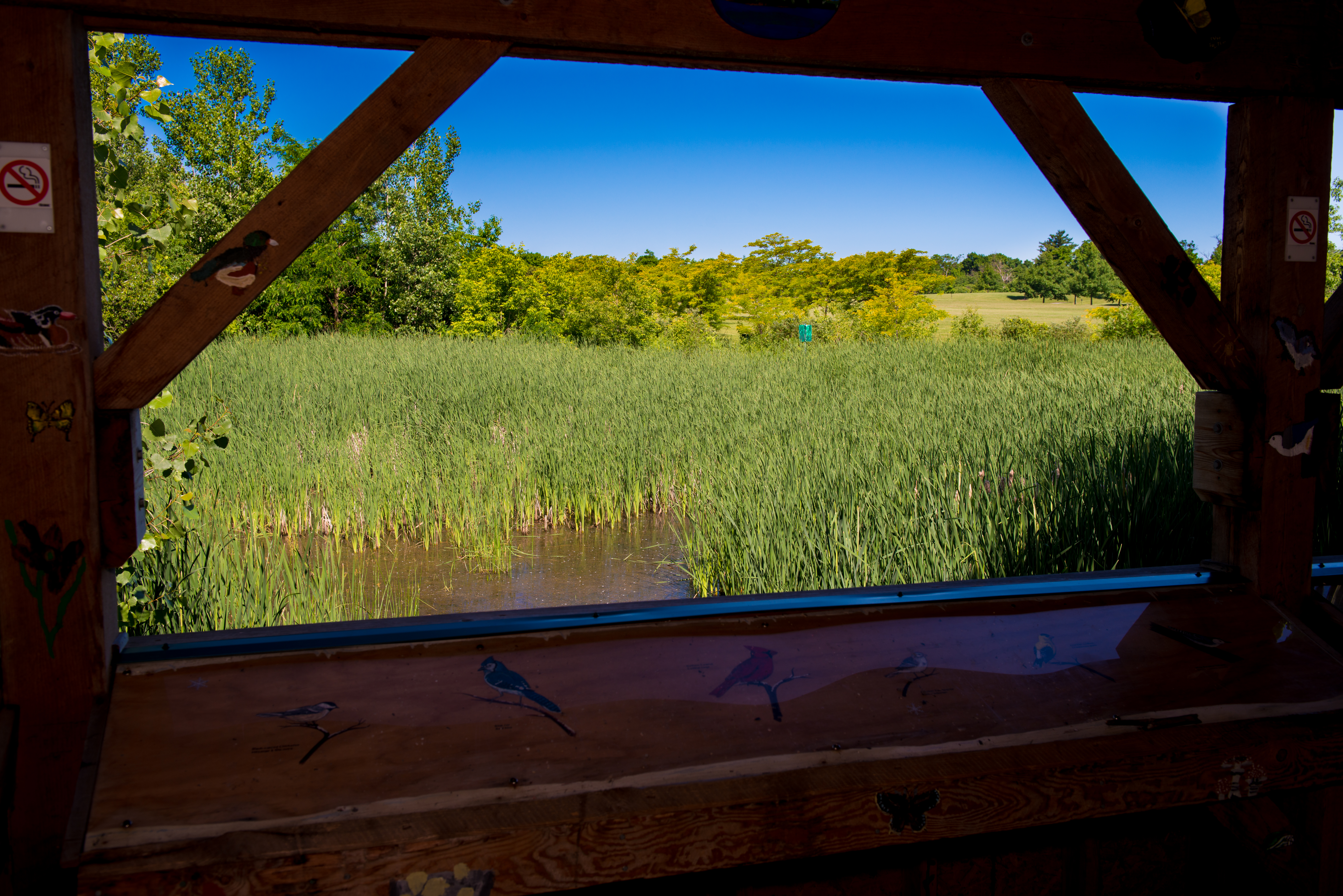As a science teacher of 30 years I have seen a powerful shift in the way young people see nature. Our Ontario curriculum is far more focused on sustainability, communities are engaged in conservation initiatives and presently there are more than 1 million environmental organizations worldwide. Our Macoun Marsh project is in very good company.
There have been dramatic changes to our marsh area over the past 20 years. Some species have disappeared completely while many species have made a temporary appearance. Students have discovered a solitary red-backed salamander and an adult snapping turtle. Seen one day and gone the next, animals are always on the move. It is surprising just how much species movement occurs in an urban area. These unseen nature corridors are a saving grace to the survival of many wild populations. Over 100 bird species have been seen at Macoun Marsh. This past winter many winter finches made our urban forest their home. The common redpoll and the pine grosbeak are two examples of winter finches found here. My students have looked at the microbial world in the dark of winter. We have also examined life on tree lichen and soil.
The past few years has seen an increase in dog walkers and young families. Education is key to keeping the marsh in pristine shape. Signs were created by my students to encourage proper care of this space. Feeding ducks bread is a big issue as bread lacks nutrients and fills the stomachs of the birds. Throwing stones in the water disturbs wildlife and can kill delicate animals that use the marsh as a nursery. Allowing dogs off leash can discourage many native species from remaining in the marsh area.
Our native tree species are a great pride of our program. Endangered butternuts dot the landscape and are trying to fight off the invasive fungus that attacks them. The rare rock elm has been seen growing near the Presbyterian Church. Conservation of all species keeps a landscape healthy. While there are many invasive plants in and around the marsh, native plant species are holding on.
Our engagement with the Convention on Biodiversity continues with semi annual meetings in Montreal. The students of St-Laurent Academy have been active participants with the Global Youth Biodiversity Network (GYBN). GYBN aims to represent the voice of global youth in the negotiations under the United Nations Convention on Biological Diversity (CBD), raise awareness among young people of the values of biodiversity, and connects individuals and youth organizations in order to build a global coalition to halt the loss of biodiversity.
New plans have been proposed for Macoun Marsh this summer. Beechwood Cemetery continues to promote and protect this sacred space. Come out to see a presentation about some of the many species we call our neighbours!


